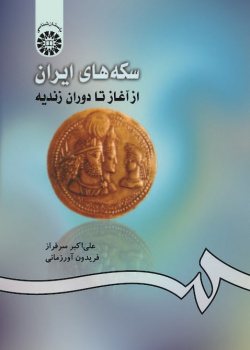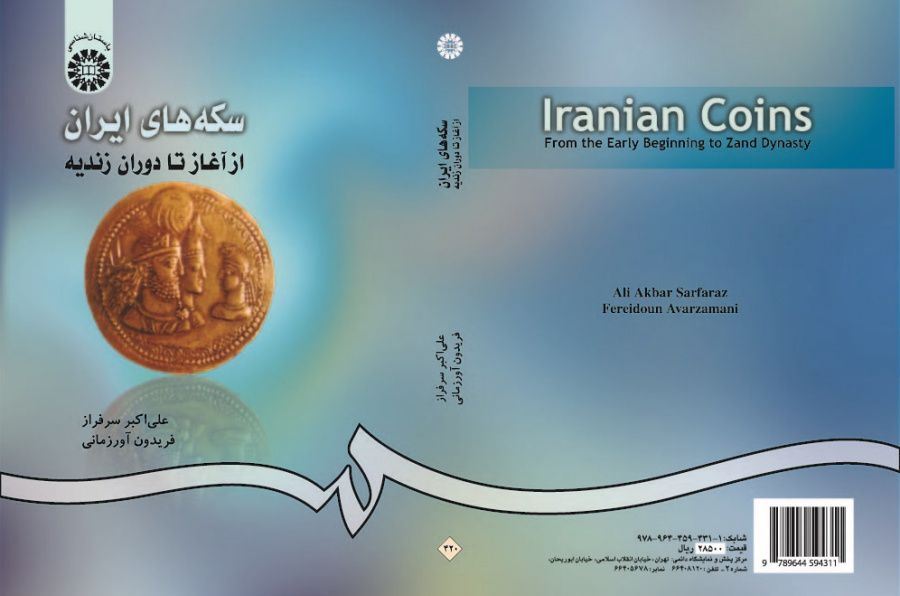

Persian Coins: from the Early Beginning to Zand Dynasty
For the reason that coins symbolize and represent a portion of religion, economics, art, calligraphy, traditions, industry, politics and civilization of their age, numismatics is of paramount importance.
Numismatics is a branch of archeology and its importance is also due to the fact that it helps to shed light on many unclear events in history. Numismatics plays a crucial role in theological and mythological studies and clarifies the date of many historical events. Coin has a high status in art, too. So that, its study can provide information on how arts have risen and fallen in different periods. By studying the cities in which coinage has taken place, the historical geography of those regions can be mapped out.
Coins are efficient criteria to understand scales and measurements of a period. Coins are pictorial history of traditions and custom, clothing, luxury, war equipments, and sometimes the architecture of an age.
The present book briefly explores the genesis of coins and coinage from the ancient time to the end of the Zandi dynasty. This book thoroughly analyzes the coins of pre-Islamic Persian dynasties and some important Islamic Persian dynasties. The content of the book has been divided into nine parts and twenty-three chapters. The first part under the title of “The history of Coins in Iran until the Fall of the Achamenians” discusses the historical evolution of coin and the coins during the Achaemenians. The second part, “the Ashkanids’ Coins and Contemporaneous rules”, studies the coins during the Ashkanids, the Elamites, Xarasens and the Pars. The third part, “the Sassanids’ coins” analyzes the coins in this period, the dating of the coins during the Sassanids, mints and the engravings on the Sassanids’ coins. The forth part titled “the Coins during the Tabaristani Emirs” discusses the engravings on the coins during the Tabaristani Emirs, the characteristics of Tabaristani coins, Arabic coins in Tabaristan, the Abbasids’ Emirs’ calendar, Tabaristani gold Dinar, etc. In the fifth part, “the Abbasids and the Umayyads’ Coins in Iran” explains the coins in these two periods. The sixth part, “Coins from the Taherids to the Fall of the Saljuqids”, the coins during the Taherids, Safarids, Samanids, Al-e Buyyids, the Qaznavids, and the Saljuqids are successively examined. The seventh part under the title of “Coins from the Ilkhanids to the Formation of the Safavids Government” successively studies the Mongolian coins as well as that of Sarbidaran , Timurids, Aq-Quyunlu. The eighth part, “The Safavids’ Coins to the Fall of the Zandis”, will in turn discuss the Safavids, the Zandis, and the Afsharids’ coins. The final part attempts to analyze religious writings and engravings on the coins.
The book has black and white pictures.
Compiled for the students of archeology as the main source for a course in “Numismatics”, this book thoroughly analyzes the coins of pre-Islamic Persian dynasties and some important Islamic Persian dynasties. It briefly explores the genesis of coins and coinage from the ancient time to the end of the Zand dynasty.





